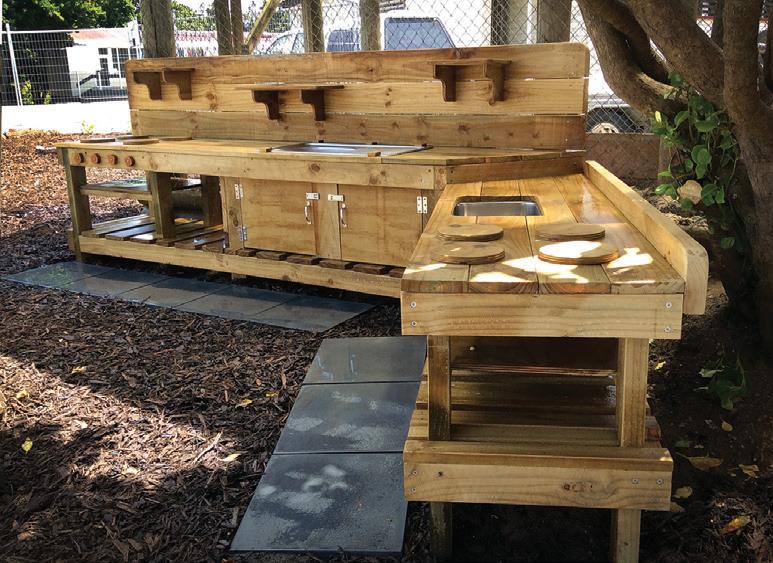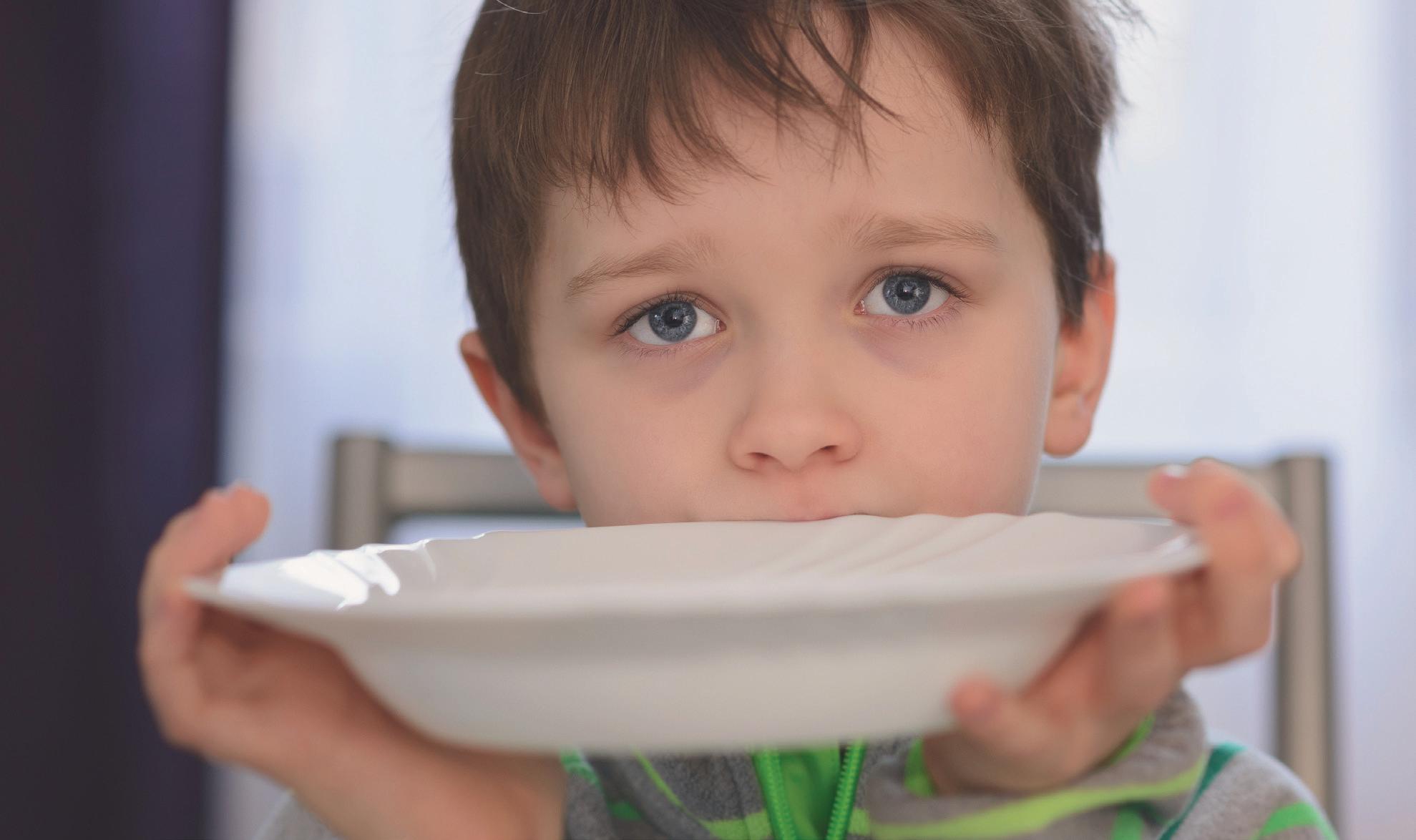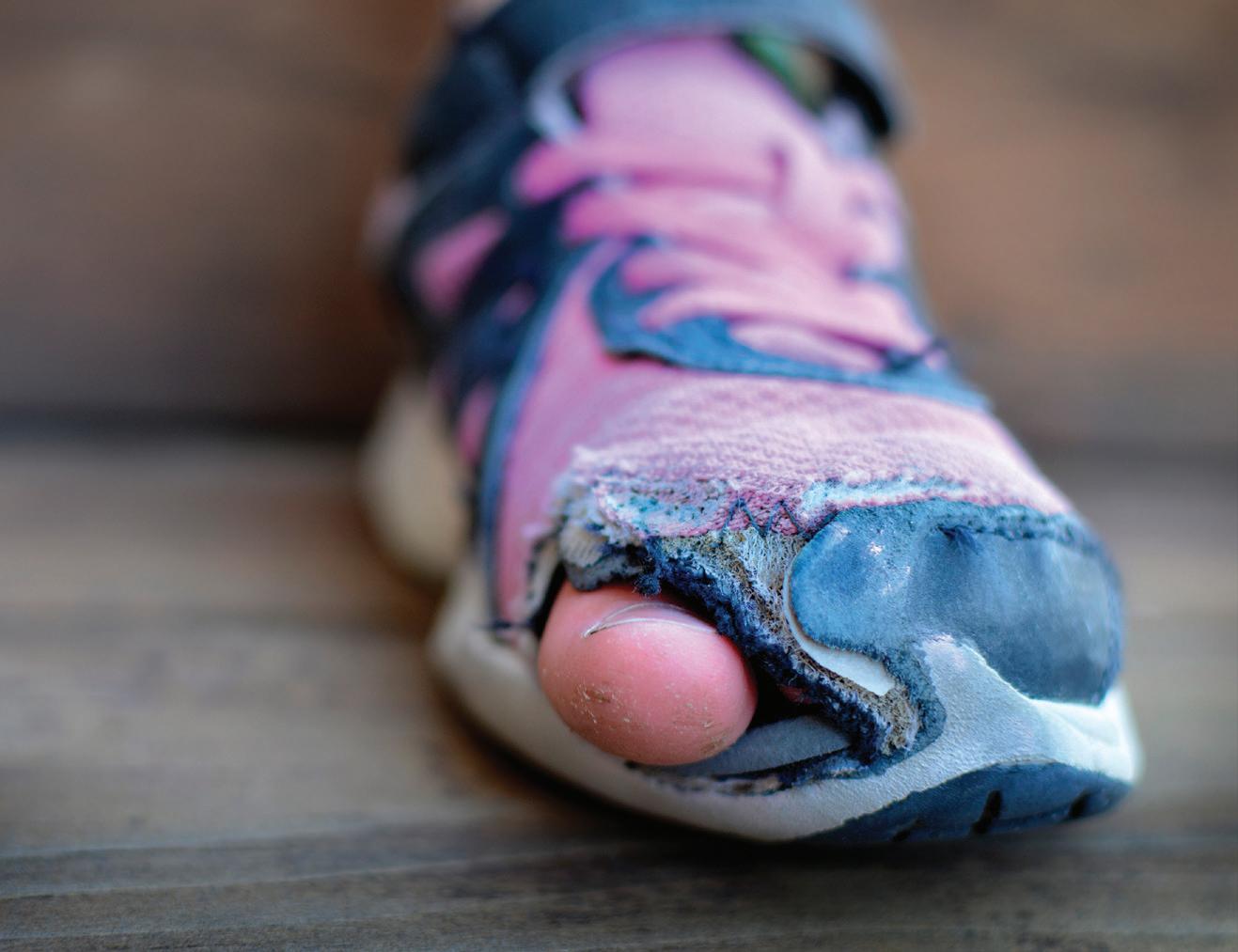
10 minute read
inspiring TOMORROW’S INNOVATORS
Samsung’s Solve for Tomorrow competition to inspire Kiwi Kids
By Claire Wright
Samsung, in partnership with MOTAT, is giving Kiwi kids the chance to unleash their number 8 wire mentality by using STEAM to help improve their communities. For students Year 7 to 10, the finalists will share $20,000 in prizes, including prize money and Samsung tech for them and their school.
Principals Today chats with two of the judges for the Solve for Tomorrow competition – Museum of Transport and Technology (MOTAT) education manager, Julie Baker and Samsung New Zealand head of corporate marketing, Simon Smith – about why it’s important for children to ignite their inner-innovators. Inspiring the innovators of tomorrow is what the Samsung Solve for Tomorrow competition is all about, so it made perfect sense for Samsung to partner up with MOTAT to deliver New Zealand’s first year of the competition. Museum of Transport and Technology (MOTAT) education manager, Julie Baker says, “We want students to recognise that New Zealand has got a legacy of innovation.
“As a whole, we are known to be an innovative nation, so we don’t accept things for what they are. We don’t look at something and think, ‘That could be better, but it’s not me that’s going to do it’. “We tend to think, ‘What if I could make it do this, as well as that, and why can’t we use this in a different way?’ “We have that legacy of innovation in our genetics. What we try and encourage our students to do is to tap into that and recognise that they can be innovators as well. You don’t have to be a rocket scientist.

Solve for Tomorrow launch event, featuring the three judges – Dr Siouxsie Wiles, Julie Baker and Simon Smith.
“You don’t have to be Peter Beck. You can be innovative around the small stuff as well, and that’s what we’re trying to encourage the students to do.”
The key goal is to help students develop an ‘innovation mindset’, especially when it comes to solving real world issues in our communities.
From income inequality to climate change, Kiwi kids can flex their creativity by showcasing solutions adults haven’t even thought of yet. Samsung New Zealand head of corporate marketing, Simon Smith says, “The Solve for Tomorrow competition is a nice way of getting your mind around the issues that are out there, and then coming up with your unique take on how to come up with an idea and a solution for it. “At Samsung, we’re innovating all the time – we always want to be first with new technology. At its heart though, we’re trying to meet the needs of our consumers. With Solve for Tomorrow, we’re taking it a step further and looking for ways Kiwi kids can serve their communities.”
While the competition itself is about innovation, it fosters skills vital for future leaders outside of that as well – skills like teamwork and working collaboratively. “We’re preparing our future citizens,” Julie says. A standout entry for the competition isn’t just about the final product, either. Undergoing explorative and iterative processes that take students to their final goal, to work towards an innovation mindset, is equally important. “Because any kind of design thinking involves iteration and process, your outcome is often just a moment in time, and is likely to change as technology evolves. I will be looking at the student’s creative journey and how rigorous their process has been,” Julie says. “Did they just develop one idea, or did they start with a range of ideas and look at which one was going to best meet the outcomes of the community? Did they consult with the community end-users and did they identify and take on board the user’s issues?
“And then, did they go through a process which was not just linear? Was it iterative, did they circle back and keep changing and feeding through their learnings and putting those into the end-result?
Entries open now
Samsung’s Solve for Tomorrow
The latest in Samsung technology and cold, hard cash. The finalists will share $20,000 in prizes, inclusive of prize money and Samsung tech for them and their school.
Entry is simple – complete an application form, available on Samsung’s website, and send it with your entry. The deadline is
31 August 2021.
In your entry, tell the panel everything it needs to know about you and your idea. What’s the issue you’re addressing? What’s your solution? Who is it for? Why is it different, and what inspired you? • Entries can be submitted in the following formats: • Written plan or essay (max 1,000 words) • PowerPoint presentation (max 10 slides) • Poster, diagram, model or artwork (submitted via PPT, PDF, video or jpg) • Video presentation (max five minutes) • Prototype (submitted via video, max five minutes).
First place
$12,000 prize pool, including cash and Samsung technology for the winners and their school.
Second place
$8,000 prize pool, including cash and Samsung technology for the winners and their school.
All Year 7-10 students and their teacher(s) can enter Solve for Tomorrow, whether from individuals or teams. With no limit to the number of people on each team – whether it’s a group of four students or a whole class – schools may also enter as many individuals or teams as they like. The judging period will take place in September 2021, with winners announced shortly afterwards. For more information, visit: www. samsung.com/nz/solvefortomorrow. “And then I look at the outcome, where have we go to and does it address the problem they first identified? All that would come together for a kickass entry.” Rather than seeing the competition as another addition to an already full workload, Julie encourages teachers to look at what’s already being achieved in the classroom as a part of the technology curriculum, or a project-based learning initiative and see if it could be entered into Samsung’s Solve for Tomorrow competition. “There’s a really rich opportunity there for teachers to look at some of their students’ best work, and think, ‘That outcome would be a great entry for the Solve for Tomorrow competition, and this project work could be entered as well’.
“Just that mindset of this is an avenue they can use to showcase some of the good innovation practice that’s already happening in the classroom and potentially reward those students for the work that they have done in that process.” While the Samsung Solve for Tomorrow competition is in its maiden year in New Zealand, the competition has been ongoing worldwide since 2010 when it was launched in the United States. In its 11-year run, 1.8 million students have participated across 23 countries. Solve for Tomorrow is planning on reaching more of the world’s kids, expanding across more than 30 countries. The competition will feature a third judge, microbiologist and winner of the New Zealander of the Year award, Dr Siouxsie Wiles.
For more details about the competition, please visit: www. samsung.com/nz/solvefortomorrow. The deadline is August 31, 2021.
Samsung Solve for Tomorrow solvefortomorrownz@samsung.com





A drop in a bucket
While Budget 2021 is expected to make a slight difference in childhood poverty rates, it doesn’t go far enough
By Claire Wright
There’s no doubt that beneficiaries were long overdue for an increase in their income, especially if the government is serious on making good on their promise of lowering child poverty.
Benefits will be boosted by up to $55 a week, implemented in two stages – a $20 a week increase starting 1 July and a second increase occurring April 1, 2022. While the changes are estimated to lift between 19,000 and 33,000 children out of poverty in 2022/23, in the grand scheme of things, it’s merely a drop in a bucket.
Child Poverty Action Group (CPAG) communications & research officer, Janet McAllister says, “We find it really interesting that the Treasury’s own analysis shows that once they’re fully implemented, these increases will only reduce a key indicator of child poverty of pre-Covid 18.4 percent to 17.0 percent. That’s it – those are the official measures. “It still leaves 180,000 to 190,000 children under that indicator line. It leaves the vast majority of children in poverty.” While it’s by no means a generous indicator, Janet says, CPAG is hoping for an alleviation of really desperate financial poverty. Janet says, “To quote Dr Ella Henry in an interview with RNZ, ‘For some it means a growth from abject poverty to desperate poverty, but at least there’s a move.’
“We are concerned for some families there will be clawback, which means that currently they’re getting supplementary hardship assistance, some of which actually abates at 100 percent if you get more money. “The government will increase benefits with one hand, but then will take away the supplementary hardship assistance dollar for dollar with the other.”

In a shocking but unsurprising statistic, child poverty rates disproportionally affect Māori and Pasifika children, according to the latest pre-Covid childhood poverty statistics from Stats NZ. Māori children have twice the material hardship rate as Pākehā children, while Pasifika children have nearly three times the Pākehā rate. Over half of New Zealand children in material hardship also live in a household with at least one disabled person. Despite this fact, there is not any effort in Budget 2021 to remotely help disabled people or children by increasing their benefits, whether through an increase in a direct child tax allowance or for adults specifically. “The carers of disabled children are 1.5 times more likely to report not having enough income than all other parents. 63 percent of carers of disabled children say they do not have enough money.”

- CSS Disability Action national policy analyst, Phoebe Eden-Mann
Disability allowances are not considered benefits – they weren’t increased from the recent budget announcement. CSS Disability Action national policy analyst, Phoebe Eden-Mann says, “When you look at the statistics, we need the disability allowances increase. There is a phenomenal number of disabled people, but especially disabled children that are living in poverty. Increasing the disability allowances would go a long way to fixing that as an issue.
“Disabled children are the only target group that did not see a single reduction in any indicators, and that is coming directly from the government’s own budget table.” For the financial year just past (2020/2021), the government estimates it spent $111.5 million on the Child Disability Allowance. For this financial year (2021/2022) the government estimates it will spend $116.9 million. While the amount has changed for the overall Child Disability Allowance budget, there is no increase in the amount of the allowance or benefit itself. Pair this with the fact that disabled children tend to come from single parent households (30 percent, according to the 2013 Disability Survey) – most of them solo mothers, who are historically underpaid – and it looks like the government had no desire to fix poverty for disabled children. “The carers of disabled children are 1.5 times more likely to report not having enough income than all other parents. 63 percent of carers of disabled children say they do not have enough money. Disabled kids are complicated. I was a disabled child – we’re not easy,” Phoebe says. Phoebe points out that people with disabilities are chronically underfunded and under resourced, despite the fact that it’s the world largest disenfranchised group that anyone can become a part of at any given time. People don’t understand what people with disabilities need because they don’t even put people with disabilities at the discussion table when it’s time to make decisions for and about disabled people. “We still need to get it right for disabled children, but we’re just fundamentally not. But if we get it right for them, then we’ve probably nailed it for the vast majority of people.” The solutions to fix childhood poverty are relatively simple, but society’s view on it is another monster entirely. “What’s the best way to support children living in poverty? It’s to stop pushing their families into poverty,” Janet says. “Parents and caregivers are doing one of the most important missions in the world – bringing up children. As a society we should be supporting them to do this, not putting insurmountable financial and social barriers in their way.”










